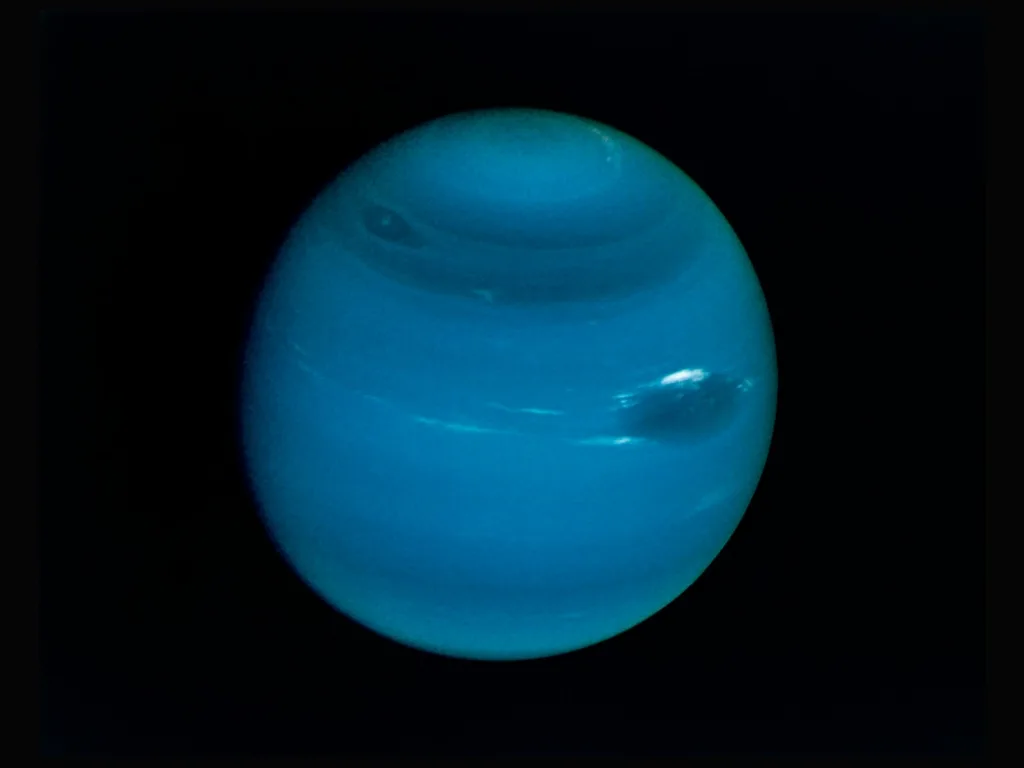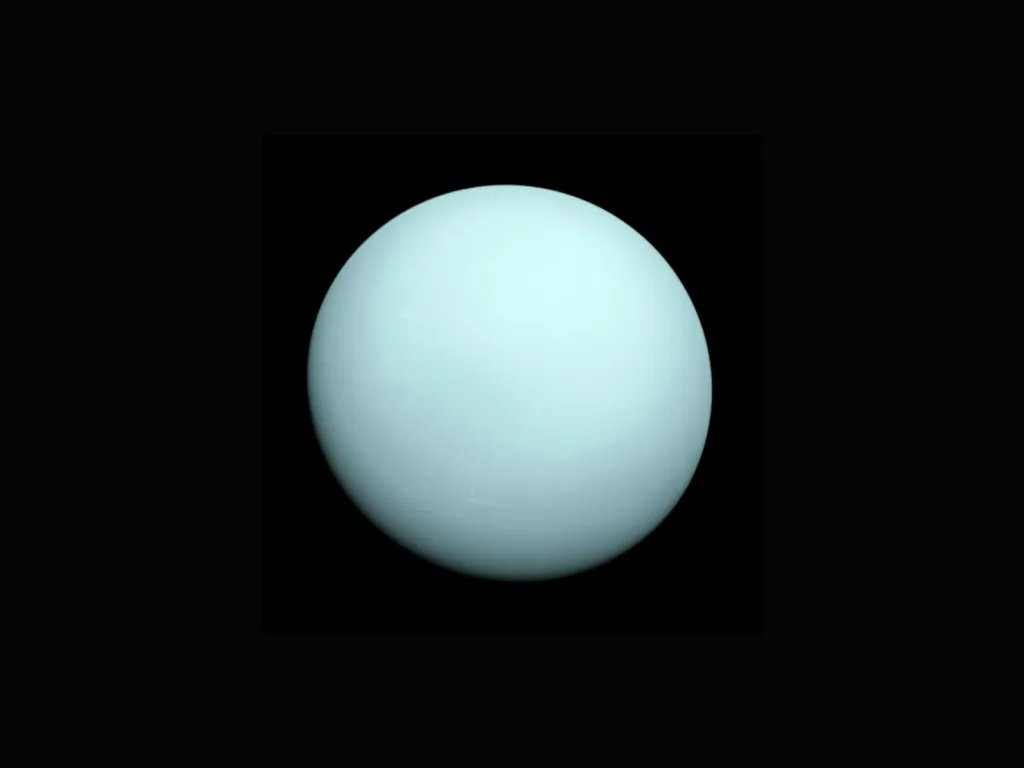Table of Contents
The composition of Neptune and Uranus. They were duped.
As implied by their names, Neptune and Uranus are ice giants. Despite the fact that humans have only ever dispatched one spacecraft (Voyager 2) toward these distant worlds, scientists believe that ice—plenty of it—is present on these planets. According to some estimates, the water content of these planets is roughly 50,000 times more than that of the oceans on Earth.
The precise makeup of that water is debatable, though. For example, Neptune doesn’t actually have a surface—at least not what we would consider a surface—and its atmosphere is primarily composed of hydrogen and helium with a small amount of methane.

Neptune’s “surface” “extend[s] to great depths, gradually merging into water and other melted ices over a heavier, solid core with about the same mass as Earth,” according to NASA.
- Due to their great distance, scientists can only speculate on the composition of the ices and gases that make up Uranus and Neptune.
- Although it is widely believed that both of these planets contain substantial volumes of water ice, a recent study suggests that a sizable component of that ice is most likely methane.
- A coating of methane ice that could make up as much as 10% of the masses of these planets is most likely the result of interactions between the high temperatures and pressures of early planet growth and the organic-rich material found in planetesimals and the planets’ hydrogen/helium atmosphere.
However, in a recent, not-yet-peer reviewed study, researchers from the Technion-Israel Institute of Technology claim that the Earth may contain far more methane ice than previously thought. In March, the findings were made available on the pre-print server arXiv.

Going back to the formation of Uranus and Neptune billions of years ago is necessary to understand this composition, which has been disregarded. The planets must “accrete,” or accumulate under their great gravitational pull, ice-rich planetesimals during their creation in order for them to possess so much water. Planetesimals in the Kuiper belt, which includes the infamously demoted Pluto, are characterized as being “ice poor” because they are primarily composed of refractory elements.
So, just where did all of this ice originate?
“It is widely believed that, in addition to a solar mixture of hydrogen and helium, Uranus and Neptune are ice giants, and that they contain about twice as much water as rock,” the report states. We demonstrate how significant volumes of methane “ice” can be formed by chemical reactions between planetesimals dominated by organic-rich refractory materials and the hydrogen in protoplanet gaseous atmospheres. Thus, it is possible for Uranus and Neptune to have accreted refractory-dominated planetesimals and still be icy.

Scientists worked inward, creating surface composition, and generated millions of random statistical computer simulations of the interiors of Neptune and Uranus to solve this enigma. The closest reconstruction of Uranus and Neptune’s radius and mass needed enormous amounts of methane ice generated by interactions with organic-rich (ice-poor) planetesimals and the planet’s hydrogen atmosphere, according to tests conducted with a variety of chemicals and water/rock compositions.
The atmosphere of tremendous pressure and temperature that exists during the chaotic formation of planets also aided in this formation.
According to the paper, this methane ice is probably in a chunky, mushy layer that sits between the lower water layer and the atmosphere of hydrogen and helium. Some models even suggested that methane might account for as much as 10% of the masses of these planets, according to Live Science.
“The carbon inside refractory organics will form very significant amounts of methane, while the oxygen in rocky minerals and small amounts of CO ice will react with the hydrogen to form additional water,” the paper states. “Such methane-rich planets can fit the observed properties of Uranus and Neptune, according to our random model generator.”
Many of these compositional puzzles can only be solved by sending a spacecraft to Uranus, whose exploration route Voyager 2 mapped out in the 1980s. Luckily, as part of its Planetary Science and Astrobiology Decadal Survey, NASA has designated a trip to Uranus as having the “highest priority.” Hopefully, we’ll discover for sure what exactly constitutes these intriguing cold worlds when the mission eventually takes place.
read also : What Happens if Humans and Dinosaurs Live Together?
Scientists Thought They Knew What Uranus and Neptune Were Made Of. They Were Fooled. (msn.com)
Neptune and Uranus Neptune and Uranus Neptune and Uranus Neptune and Uranus

1 thought on “Scientists believed they understood the composition of Neptune and Uranus. They were duped.”